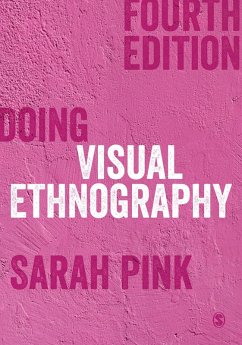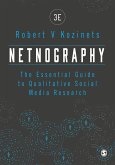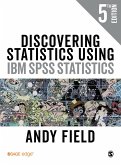This book is the definitive guide to understanding and doing visual ethnography.
Sarah Pink's landmark text provides you with both the critical theoretical foundations and the creative tools and techniques you need to conduct your own visual ethnography.
Covering the material and the digital, and tying key concepts and ideas to real world contexts throughout, this fully updated fourth edition:
A milestone in visual and ethnographic research, this book is a must-have for students and researchers across the social sciences. It is an essential invitation, and companion, to doing impactful, creative, and critical visual research.
Sarah Pink's landmark text provides you with both the critical theoretical foundations and the creative tools and techniques you need to conduct your own visual ethnography.
Covering the material and the digital, and tying key concepts and ideas to real world contexts throughout, this fully updated fourth edition:
- Provides clear and critical guidance on research planning and ethics
- Discusses new and emerging technologies, including digitally connected devices and wearable cameras.
- Introduces contemporary methods such as futures ethnography, distance ethnography, team ethnography, and the use of documentary.
- Explores the latest theory and practice in photographic and video ethnography.
- Shows you how visual ethnography can be applied, participatory, and even interventional.
A milestone in visual and ethnographic research, this book is a must-have for students and researchers across the social sciences. It is an essential invitation, and companion, to doing impactful, creative, and critical visual research.
Dieser Download kann aus rechtlichen Gründen nur mit Rechnungsadresse in A, D ausgeliefert werden.
Sarah Pink's work has been in the forefront of social research methods for decades. With this revised edition of Doing Visual Ethnography, she builds on her clear and compelling descriptions of how to do visual methods by incorporating discussion of the latest digitised ways of seeing, as well as emphasising the importance of multisensory, participatory and future-oriented approaches. Readers across the humanities and social sciences will find much in this book to intrigue and inspire them. Deborah Lupton









